Ore Pass Mapping
Mines are amazing places. I’ve made no secret on the blog for my love of underground. The smells, the sounds. It’s visceral shit that gets deeply ingrained. It grabs hold of your innards and won’t let go. To this day, if someone invites me on an underground trip, the excitement builds the moment I hit the change house. Overalls, hat lamp, boots, gloves, hard hat…
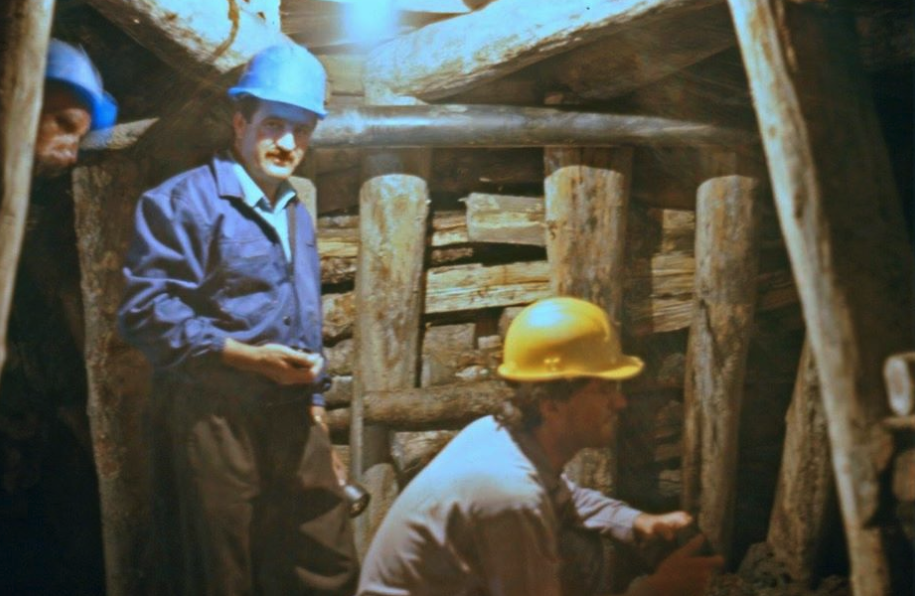
Luckily, I’ve never suffered from claustrophobia -if I did, I’d never have taken my first job in South Africa and would probably still be stacking shelves in Waitrose supermarket. More Heinz beans on aisle 6 please.
I cut my professional teeth mapping endless miles of tunnels, stope faces, raises, winzes, shafts – the lot. Most of it is fairly straightforward and gets easier as you get your eye in on the rock types. But mention the words “ore pass mapping” or “box hole mapping” to a mine geologist and the chances are you’ll get a nervous chuckle or a frown in return. If you’ve never done it, it might be tough to appreciate just how bad it can be.
I’d put box hole mapping up there with shaft sinking as one of the nastiest things you can ask a geologist to do. It’s hot, dangerous, shitty work with nowhere to hide if there are loose rocks above you.
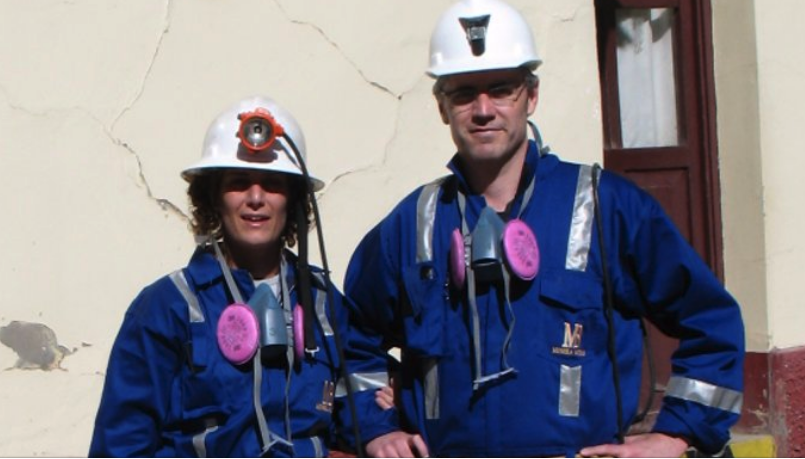
Simply put, an ore pass or box hole (and I’ll use them interchangeably in this piece) connects the stopes -where the the mineralized rock is extracted- to the transport system that takes the rock to surface. You try to design them to intersect the ore body at its lowest point so that you’re not hauling the ore up hill.
In the deep-level South African gold mines, gold ore would be dragged with a big mechanical scraper – a lethal metal scoop attached to a powerful winch by think metal cables- down the working face to the top of a 75-80-degree hole that drops the rock into a bulky wooden hopper. From there, it was loaded into the ore trains to go to the shaft.
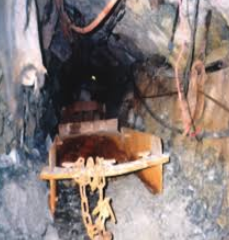
The box holes I knew and loved might be up to 200-250ft long, with multiple dog legs (bends) in them. Usually, they were between 100-200ft long. To map the face, you have to climb up inside them which is where the fun starts. Sometimes there might be ladders to climb up, and at each dog leg there’d be a crude platform to stand on which was removed when the box hole was put into use. More often, you’d have to pull yourself up using a (hot) metal chain to climb to the face.
And therein lay the first problem. Any loose rock that had come to rest on the chain would immediately shift and drop down the ore pass when you pulled on the chain to climb up. Out of simple self-preservation, I soon got into the habit of pulling on the chain before I started the climb, quickly ducking out of the way to see if anything wanted to fall down and brain me before heading up.

Ventilation was another issue. The vent pipe would only dispense air at the working face where the development crew drilled and blasted. So long box holes in the deeper levels of a mine would get fiercely hot, in the high 30s to low 40s Celsius with totally dead, humid air. By the time you got to the face to start mapping, you could be in the first stages of heat exhaustion. We’d take 4-5 litres of ice water in bottles up with us to drink and pour over our heads and forearms to cool down.
With the exertion of climbing and the suffocating dangers of poor ventilation, you might be able to spend only 15-20 minutes mapping, so you had to be efficient. It was vital to have a clear working relationship with your underground assistant so you could move quickly, get the job done and get back to a cooler workplace.
One cold winter Transvaal morning, I took a phone call from one of the mine captains on my shaft at Vaal Reefs. Mine captains are responsible for large sections of the underground operations. They oversee shift bosses, miners and the drill and blast crews. Some of them were/are nice guys; tough but fair. Others were total dicks who managed their teams by shouting a lot and aggression. It was one of the latter who was on the other end of the call.
Mr. S. was rumoured to be ex-South African special forces and a martial arts expert. He certainly looked the part. Muscled and fit and not to be argued with. As a far-right wing Afrikaner, he also hated the English (viz. me). One of the nastier stains on our British colonial reputation was the building of two concentration camps in the mining town of Klerksdorp where we lived and worked. Over a thousand people eventually died in the camps and, as a result, there’s no great love there for the Brits.
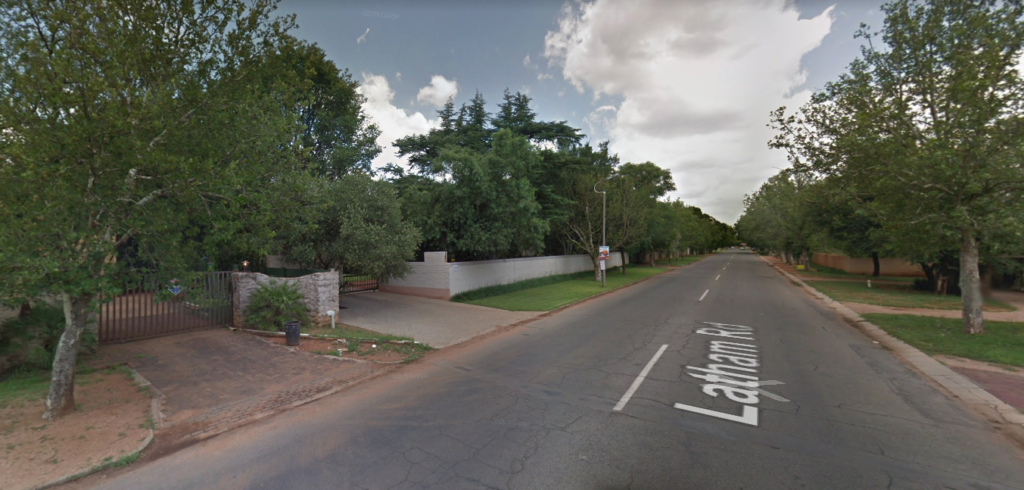
He asked me to come down and map a box hole that was supposed to be heading up to cut the ore body, but it was past the estimated target length and still hadn’t hit ore. At nearly 90m long with 3 dog legs it was a beast, and it was in an area that I knew to be pretty hot, so I wasn’t looking forward to the job. S accompanied me and my assistant Dunkle to the start of the box hole, checked the vent fan was working, reassured me that the loose rock had been barred down from the face, and told me in fairly blunt terms to get climbing.
Don’t worry, he said, I’ll be waiting here.
Up we went. There were no ladders and only 2 very rudimentary platforms. It was scorching hot. As I climbed, I kept telling myself we’d be ok at the top where the vent pipe hit the face. It’ll be cooler there said the voice in my head. Except it wasn’t. There was no ventilation at the face. No air coming out of the vent fan at all, and in the heat build up of the dead end, the chain we were using was so hot it was almost impossible to hold. This was a dangerous situation.
I started mapping as best I could in the conditions. After about 10 minutes, I looked up and noticed Dunkle staring at me, wide eyed.
What? I asked in Fankalo, the underground pidgin language we all used.
You haven’t moved for 10 minutes, he replied. We have to go.
I’d been holding on to the chain, staring at my notebook and pen and wondering what to do with them. I knew there was something I was supposed to do, but fuck me if I could remember what it was.
We have to go now, said Dunkle. Ena moobi sterek (It’s very dangerous)
He grabbed me and started shoving, lowering, cajoling me to climb down the chain. I slipped and scraped my way down to the first platform, then the second until we finally tumbled out into the main tunnel, covered in scrapes and gasping for air. We opened up the main machine water pipe, a 6-inch pipe full of lukewarm greasy water and took it in turns to stand under the outflow for the next 20 minutes to prevent the on set of heat stroke.
Mr. S had gone.
Not only had he buggered off, but the vent fan had been switched off at the main breaker board down the tunnel. With the temperature at the face of the box hole, it was an incredibly dangerous thing to do, and he knew it.
I figured it was a crude message to me, the skinny 22-year-old engelsman. He didn’t give a fuck and would happily kill me rather than look at me. I had no recourse; his word against mine and he was the senior mine captain with all the pull. Try proving any of it. But he knew what he was doing and had tried to kill me, I’m sure of it.
Don’t Forget
Mine geologists deserve your love. If you know one, run to them now and give him/her a big virtual hug in recognition of the shit they went through working underground. Then tell them about me and ask them to subscribe to urbancrows.com via the subscription box at the top of my home page. I’ll be sure to email you more nonsense about rocks and mines and near-death experiences in the future.
And one last thing. 1980s South Africa was an incredibly racist place. It’s what eventually drove me away from that gorgeous, mystical place. Ultimately though, there’s no place in our society for racism -casual or institutional- and we all need to stand up to it when we come across it.
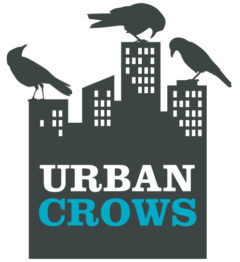

Wow! Still glad I didn‘t know at the time.